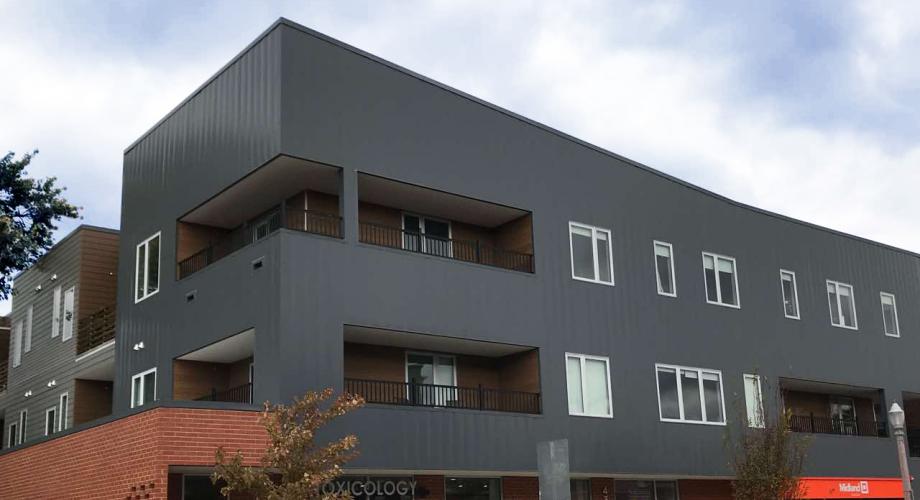As rents have risen in many markets, the answer for many multifamily operators—and residents—leans toward smaller, less-amenity-centric communities that fulfill a basic need: well-maintained, no-frills apartments that don’t cost a lot to operate or rent out.
Smaller apartment communities are quickly becoming the next big thing in the multifamily industry. After years of historic run-ups in rents across the country, the demand for affordable housing has surged.
Take, for instance, numbers from the 2018 State of the Nation’s Housing report, put out by the Harvard Joint Center for Housing Studies. While most apartment operators look for a rent-to-income ratio of about 30 percent or less for their residents to comfortably qualify for an apartment, the report found that 47 percent of rental households—or 20.8 million families—now spend more than that benchmark. And for 25.2 percent of renters, more than half of their paycheck goes toward rent each month.
Meanwhile, the supply of more affordable, down-market units has dwindled in recent years. Since 1990, more than 2.5 million rental units priced below $800 a month in real terms have disappeared, due to conversion, demolition and other uses, to cut further into existing affordable housing inventory, according to the report. It pegged the overall shortfall of affordable apartments versus demand at 7.2 million units.
“This country is currently in the midst of an affordable housing crisis, with demographic changes leading to high demand and tight supply, while rising rents and stagnant wages make it increasingly difficult for families to find safe and affordable housing,” said Stephen Johnson, vice president of Freddie Mac’s Small Balance Loans (SBL) business. “Affordable apartments have never been more important.”
According to research from Freddie Mac Multifamily, a large majority of residents themselves—67 percent—still see renting as a more affordable option when compared to owning a home. In addition, a significant and growing majority of renters—66 percent—are satisfied with the overall rental experience, while a rising percentage of baby boomers and Gen Xers—at 35 percent and 19 percent, respectively—say they have no interest in ever owning a home. Taken together, that means apartment rent rolls should be flush for years going forward.
“We understand that the demand for multifamily housing is exceedingly high and the supply is slim, especially for affordable and workforce housing, so we’re doing what we can, along with borrowers and lenders, to bring even more affordable units to renters across the country,” said Johnson.
The answer for many multifamily operators—and residents—leans toward smaller, less-amenity-centric communities that fulfill a basic need: well-maintained, no-frills apartments that don’t cost a lot to operate or rent out.
Freddie Mac Multifamily offers a variety of products for loans that help preserve properties in underserved areas, including cash loans, bond credit enhancements, tax-exempt loans, and others. It’s all part of the organization’s “Duty to Serve” mission in developing innovative solutions for rural housing, manufactured housing, and the preservation of affordable housing that will benefit the nation for generations to come.
Going forward, it looks like “small ball”—in the form of smaller, more affordable communities—may increasingly be the name of the game for the nation’s apartment industry.
